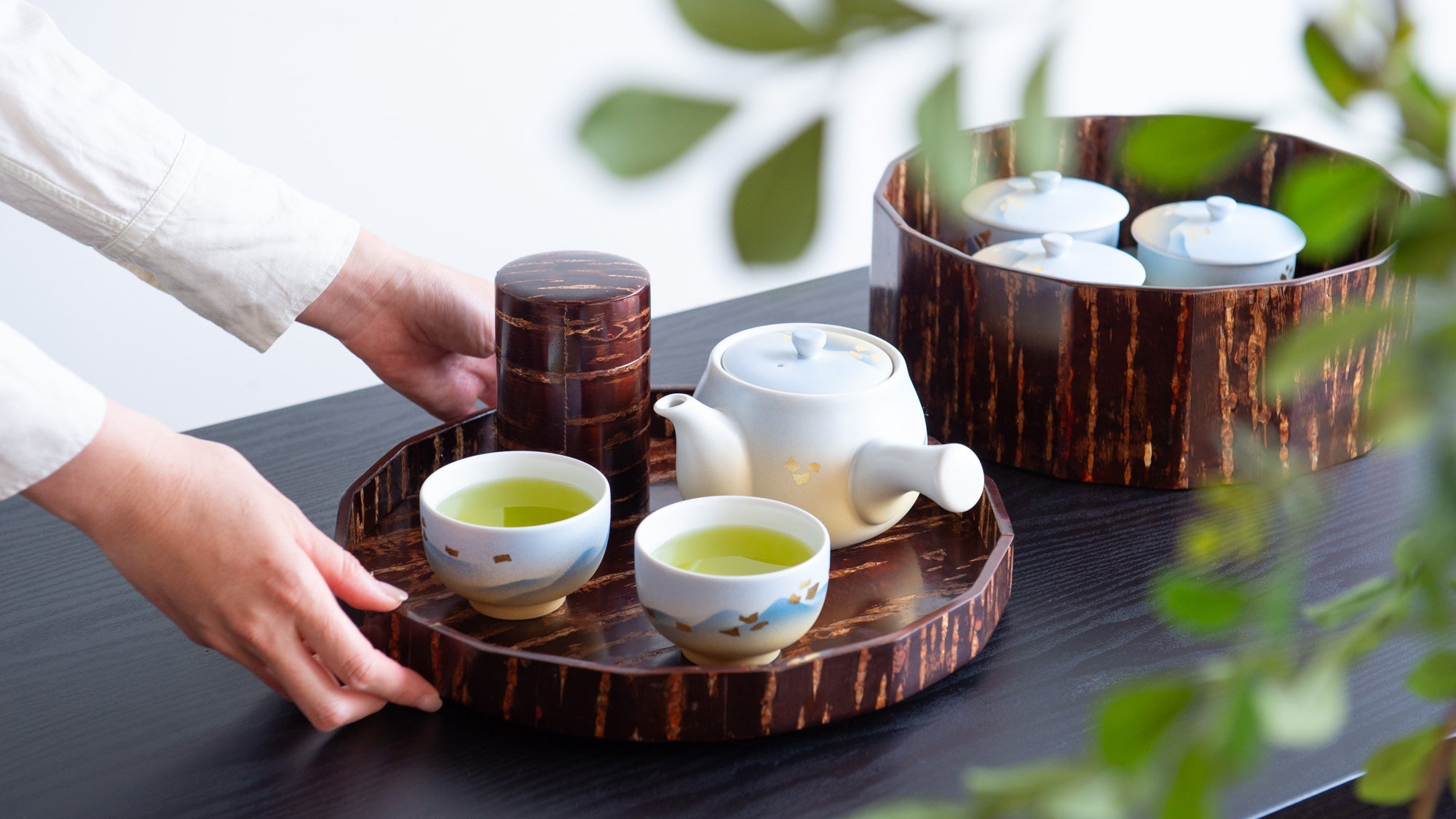
Guide to Japanese Teaware
De Team MUSUBI
Whether you're enjoying a quiet solo tea moment or hosting a special gathering for cherished guests, surrounding yourself with beautiful Japanese teaware can elevate the entire experience. From the elegant kyusu teapot to the humble tea scoop—each carries its own history and purpose, lending a sense of mindfulness, harmony, and connection to every sip.
In this guide, we’ll explore essential Japanese tea items—teapots, a variety of cups (yunomi, kumidashi, soba choko cups), full tea sets, coasters, canisters, chasaji tea scoops, and tea waste containers—so you can create a moment of tranquility for yourself or cultivate a memorable tea ceremony for others.
Table of contents
Japanese Teapots
In Japan, there is a rich variety of teapots, known as kyusu, crafted in different regions using various materials and styles. This diversity reflects the depth of Japan’s tea culture and the wide selection of Japanese green tea leaves available. From everyday sencha to the prized gyokuro, each type of tea demands a particular brewing method, and the right teapot can make all the difference.
Our Guide to Japanese Teapots introduces common teapot shapes, handle types, strainers, and proper care instructions so you can select the perfect vessel to enhance your tea-drinking experience. Whether you’re steeping a mellow green tea or preparing a delicate, high-grade brew, understanding these nuances will help you savor every cup.
Japanese Teacups
Yunomi
Yunomi are tall, cylindrical tea cups ideal for daily use. Often seen in homes and sushi restaurants, yunomi are traditional Japanese teacups used for everyday tea drinking. They’re typically made without handles because Japanese tea is brewed with hot water that has been slightly cooled to around 70–80°C (158–176°F), making the cups comfortable to hold directly. Unlike coffee or black tea, which use boiling water and often require a handled mug, Japanese green tea allows you to enjoy the feel of the ceramic.
The shape of yunomi helps retain warmth while offering a generous capacity, perfect for hojicha (roasted green tea) or bancha (coarse green tea).
Kumidashi
Kumidashi are shallow, wide-rimmed cups traditionally used for serving tea to guests. In Japanese etiquette, it’s considered more formal to serve guests tea in kumidashi cups rather than yunomi, especially when offering premium teas like gyokuro or high-grade sencha. Often accompanied by lids, these cups are paired with coasters, sometimes featuring seasonal motifs. Kumidashi let the vibrant color of tea shine through, adding a visual layer to your hospitality.
Their refined appearance and open shape make them ideal for ceremonial or thoughtful moments, where presentation is just as important as taste.
Soba Choko
Originally designed for dipping soba noodles, soba choko have evolved into charming, multipurpose cups ideal for tea or sake. Their clean, straight-sided form—often without a foot ring—offers a simple, smart silhouette that works well in casual settings.
Soba choko falls somewhere between yunomi and kumidashi in size, making them a great everyday choice for sharing tea with friends and family. Their understated shape makes them easy to mix and match with different teaware styles, especially when enjoying everyday Japanese green tea.
Japanese Tea Sets
If you’re just beginning your teaware collection, a tea set is the most convenient way to start. Tea sets include the essentials and are perfect for formal occasions when you want everything to match. Even if you already own individual items, having one coordinated set in your cupboard is a welcome addition.
When selecting among the best tea sets, look for a balance of form and function—something that reflects your personal style while honoring the tradition of Japanese tea. Because they’re not something people often buy for themselves, tea sets also make thoughtful gifts.
Coasters
Coasters, or chataku in Japanese, are more than just a practical accessory—they’re a thoughtful way to enhance your tea presentation. The key to choosing the right one is matching it to the material and style of your teacup.
For porcelain cups, such as intricately decorated Arita ware or Kutani ware, a lacquered coaster offers the perfect complement. It adds a glossy, refined contrast and emphasizes the beauty of the cup.
For pottery cups like rustic Bizen ware or Tokoname ware, coasters made from natural materials—such as wood with visible grain or finely crafted bamboo—harmonize beautifully with the gentle, earthy texture of the clay. Calm and understated, these coasters also pair beautifully with porcelain teacups featuring sometsuke (blue and white) designs.
Serving tip: When offering tea to a guest, place the tea cup on a coaster while it’s still on a tray. When you serve it, hold the coaster—not the cup—and set it gently in front of your guest. This small gesture shows respect and attention to detail.
Japanese Tea Canisters & Chasaji Tea Scoops
When you’re preparing tea with intention, a beautiful canister can elevate the ritual. A well-crafted tea canister doesn’t just look nice—it preserves the flavor and freshness of your tea leaves. Many also double as interior accents or can be used to store items like coffee beans.
A chasaji is a spoon-like scoop used to measure out tea leaves when preparing Japanese green tea. Whether you’re enjoying green tea, black tea, or even matcha, this small tool helps you portion leaves precisely and elegantly. A well-balanced chasaji makes the tea ritual feel more mindful and complete.
Japanese Tea Waste Containers
Tea waste containers, or chakoboshi, are often overlooked but play an important role in maintaining the flow and grace of a tea gathering. In more formal settings, they’re part of the standard teaware ensemble and are sometimes sold as part of a set.
While they may seem minor compared to a teapot or cup, using a tea waste container can make a lasting impression on guests. It allows you to dispose of used water or tea leaves without leaving your seat, preserving the calm atmosphere of your tea space.
Complete your tea ceremony experience with our beautifully crafted tea waste containers. Designed to combine functionality with traditional Japanese aesthetics, they help keep your tea-making area tidy while adding a touch of refined charm.
Create Your Own Tea Set
Start by collecting a teapot and yunomi teacups, then gradually add essential tea tools like a tea canister and a chasaji tea scoop. As the number of your favorites grow, keep them stored together for both ease of use and a visually pleasing arrangement that enhances your tea ritual.
Consider organizing your tools in a chabitsu Japanese tea box, basket, or serving tray. This makes storage simpler and allows you to conveniently carry everything to your preferred tea spot. Wherever you choose to enjoy your tea, these tools will help transform everyday moments into something serene and special.










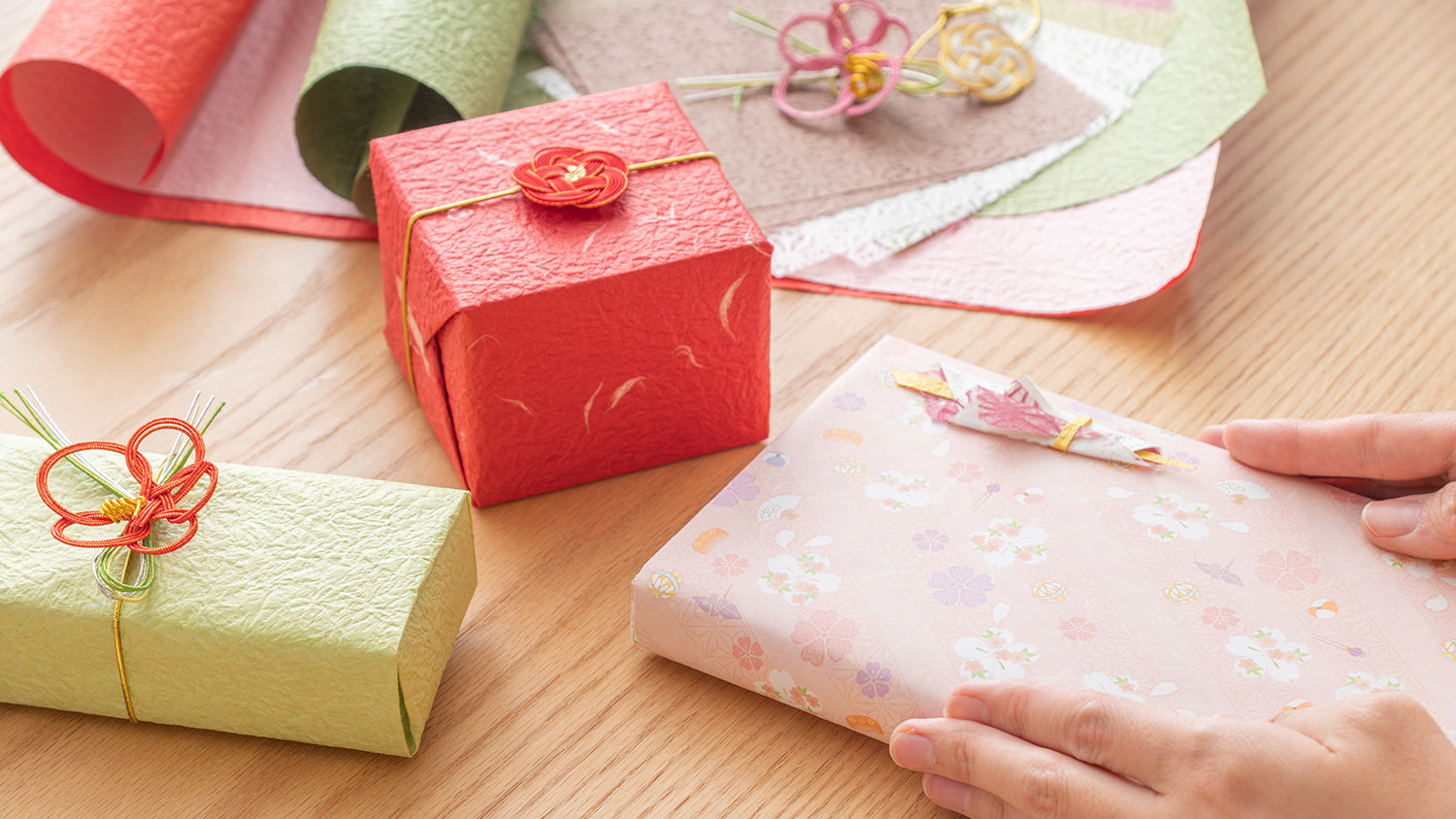

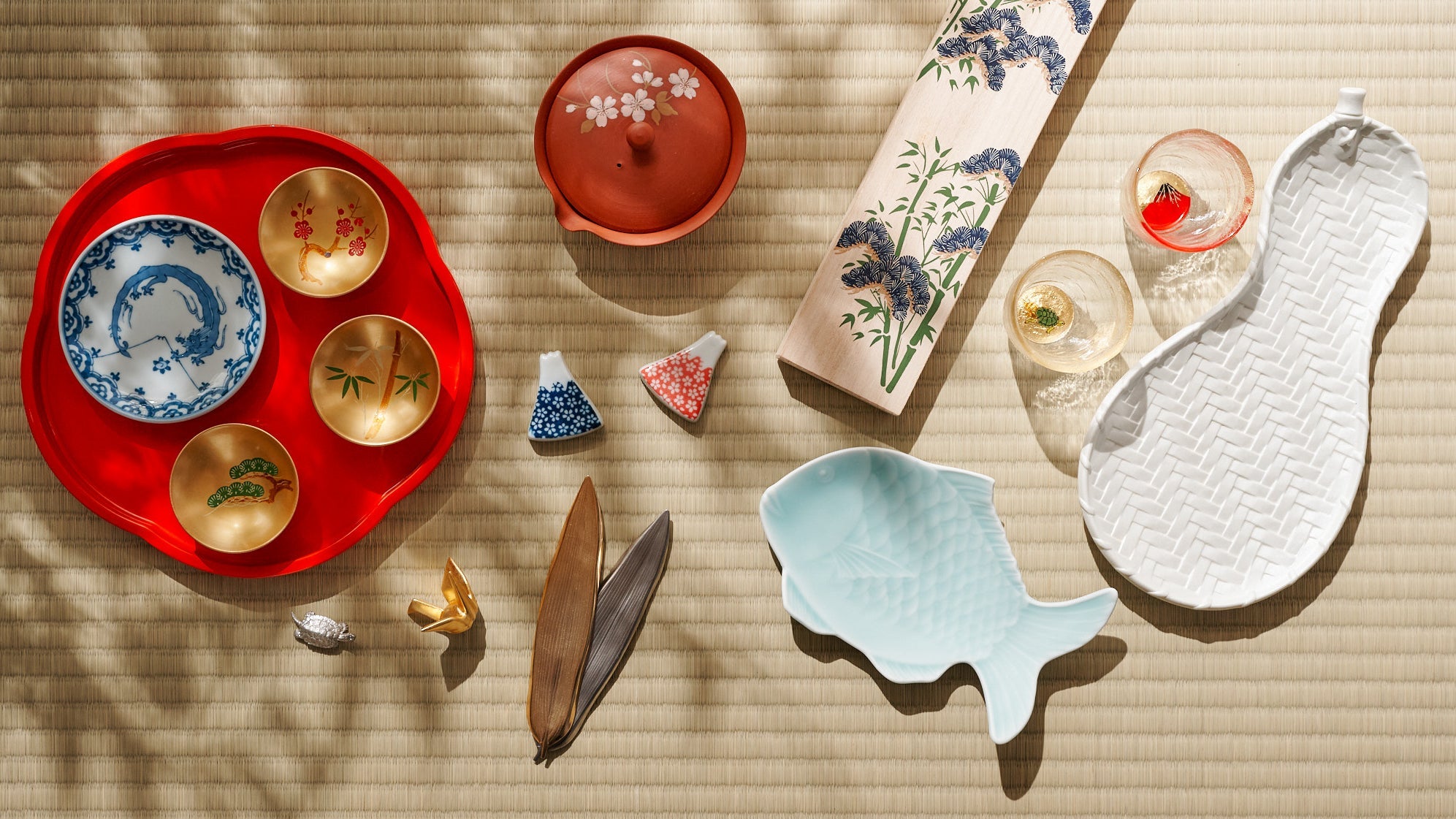
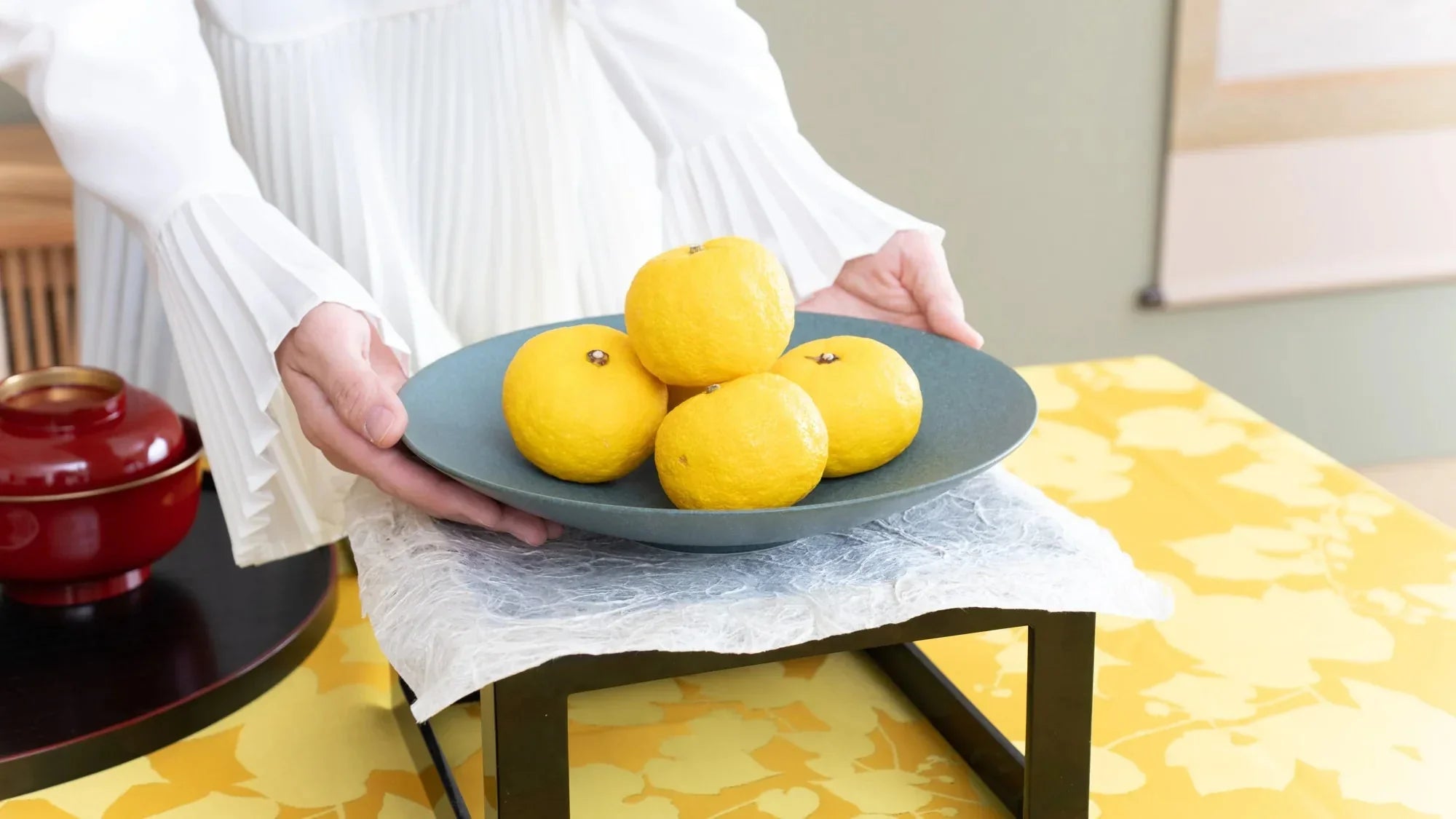
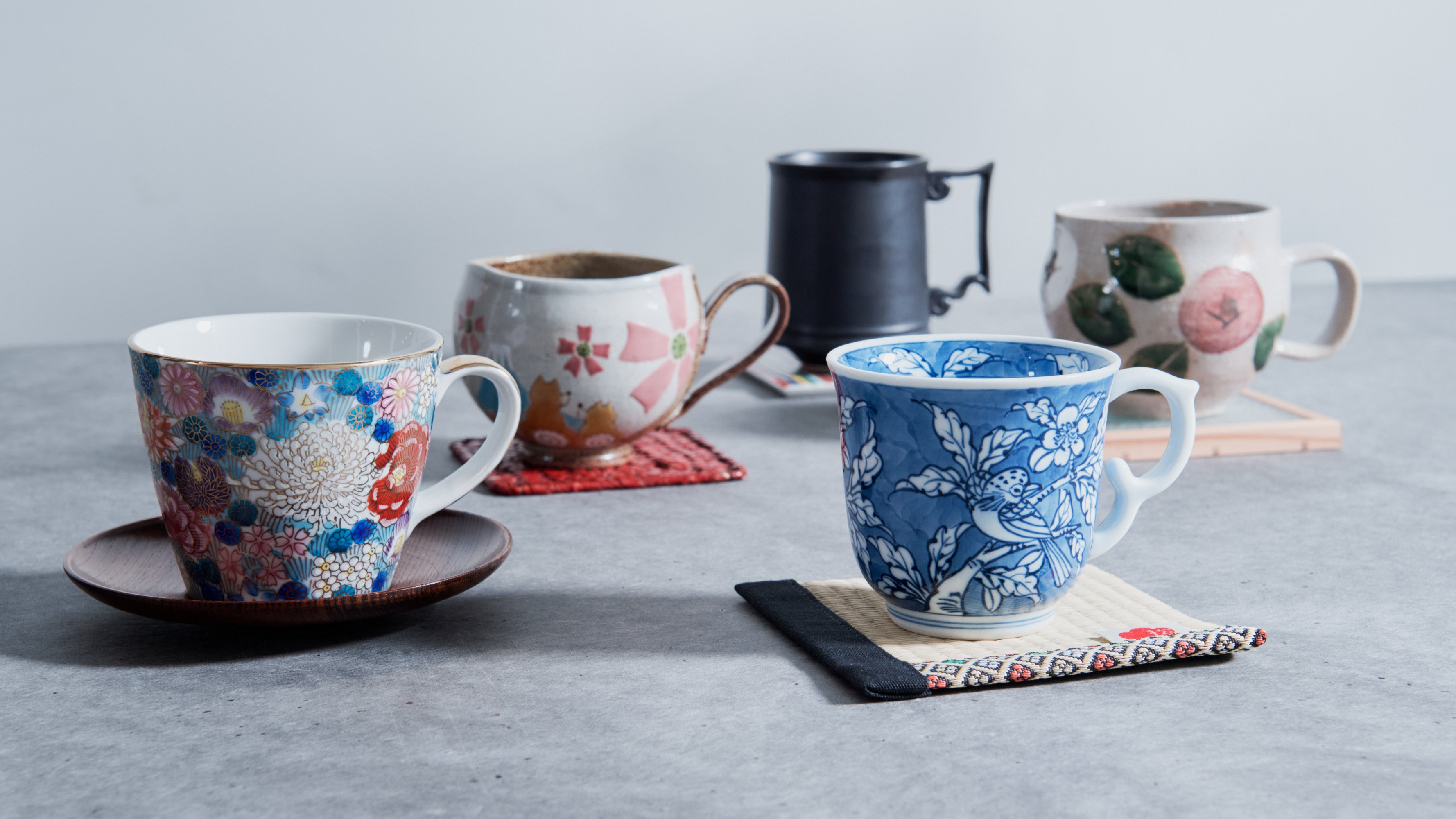
Dejar un comentario
Este sitio está protegido por hCaptcha y se aplican la Política de privacidad de hCaptcha y los Términos del servicio.